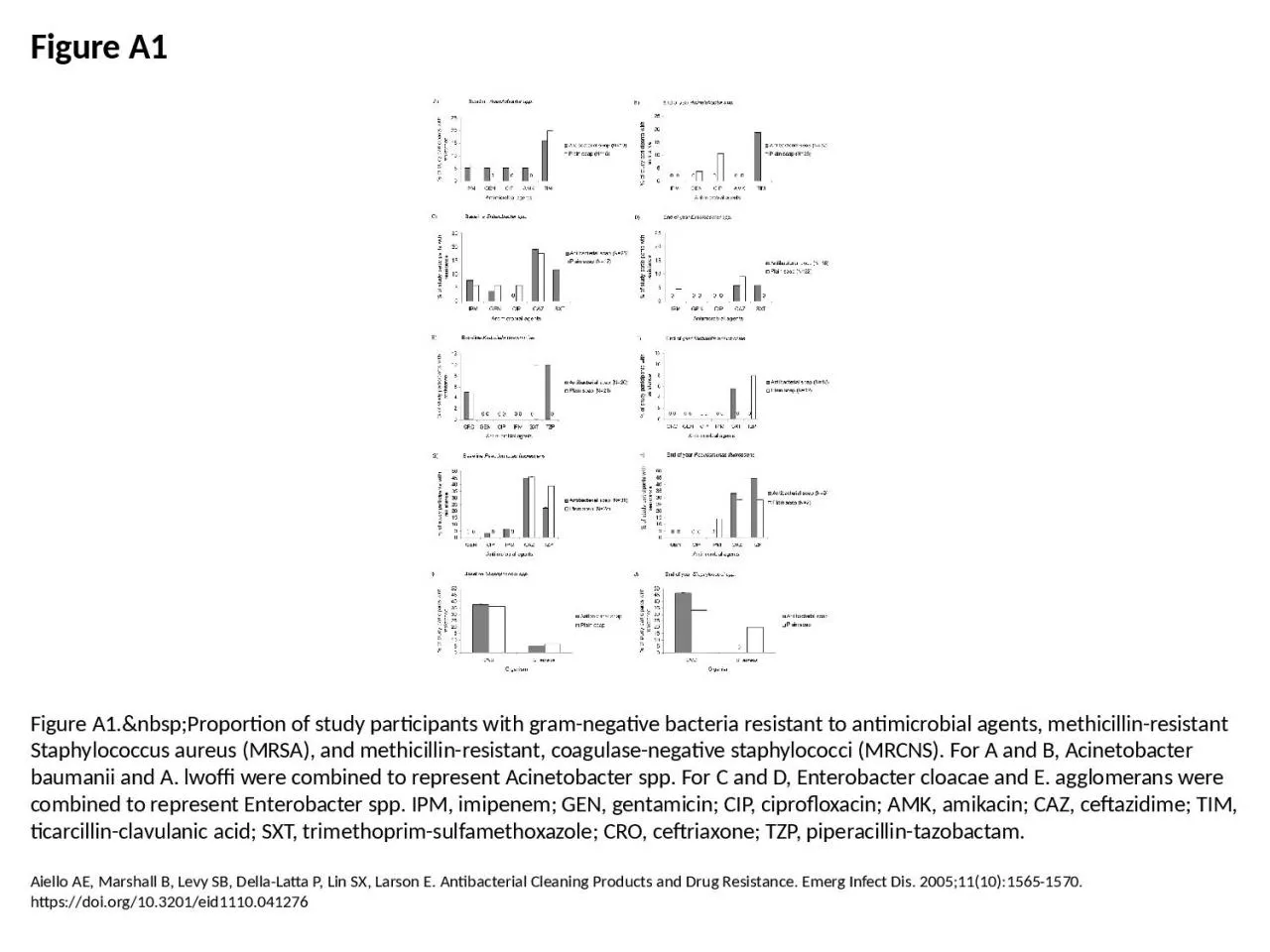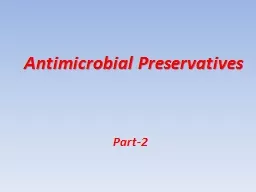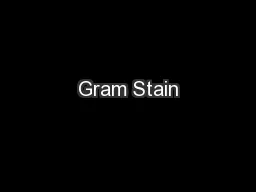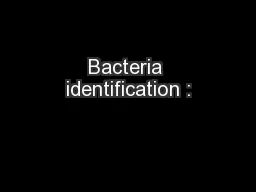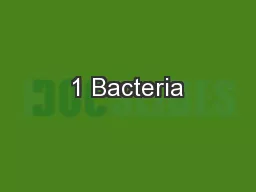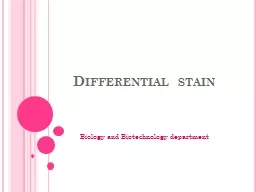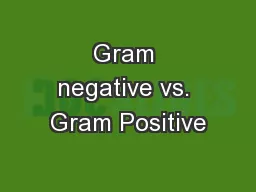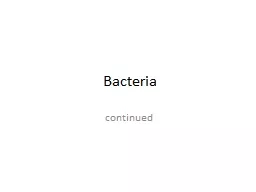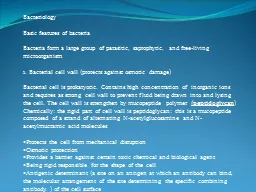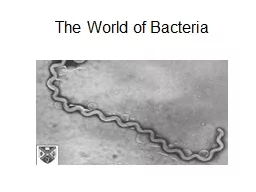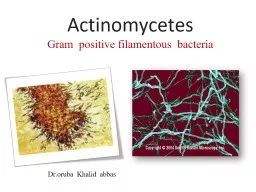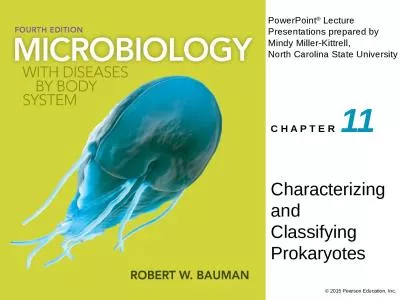PPT-Figure A1 Figure A1. Proportion of study participants with gram-negative bacteria
Author : edolie | Published Date : 2023-05-27
Aiello AE Marshall B Levy SB DellaLatta P Lin SX Larson E Antibacterial Cleaning Products and Drug Resistance Emerg Infect Dis 2005111015651570 httpsdoiorg103201eid1110041276
Presentation Embed Code
Download Presentation
Download Presentation The PPT/PDF document "Figure A1 Figure A1. Proportion..." is the property of its rightful owner. Permission is granted to download and print the materials on this website for personal, non-commercial use only, and to display it on your personal computer provided you do not modify the materials and that you retain all copyright notices contained in the materials. By downloading content from our website, you accept the terms of this agreement.
Figure A1 Figure A1. Proportion of study participants with gram-negative bacteria: Transcript
Download Rules Of Document
"Figure A1 Figure A1. Proportion of study participants with gram-negative bacteria"The content belongs to its owner. You may download and print it for personal use, without modification, and keep all copyright notices. By downloading, you agree to these terms.
Related Documents

